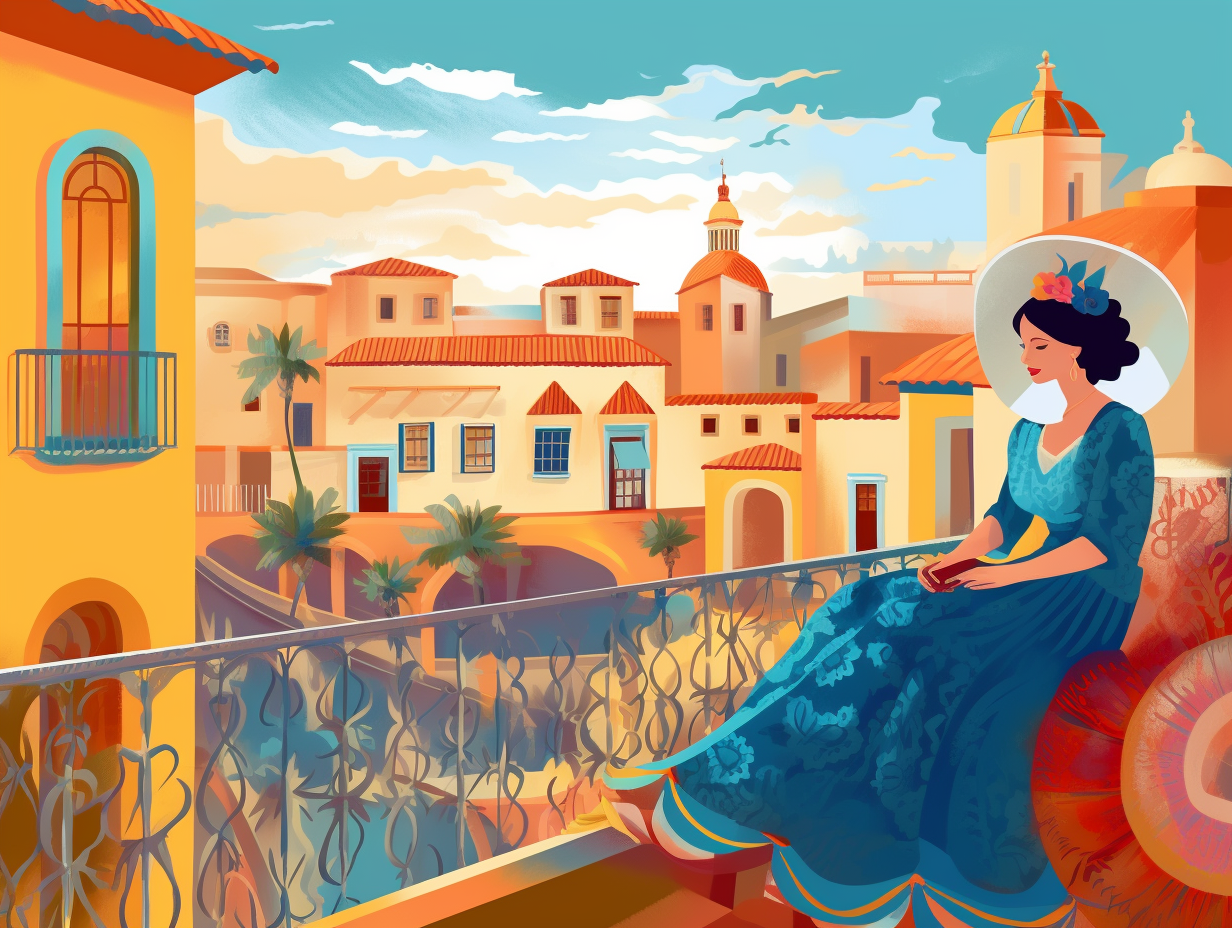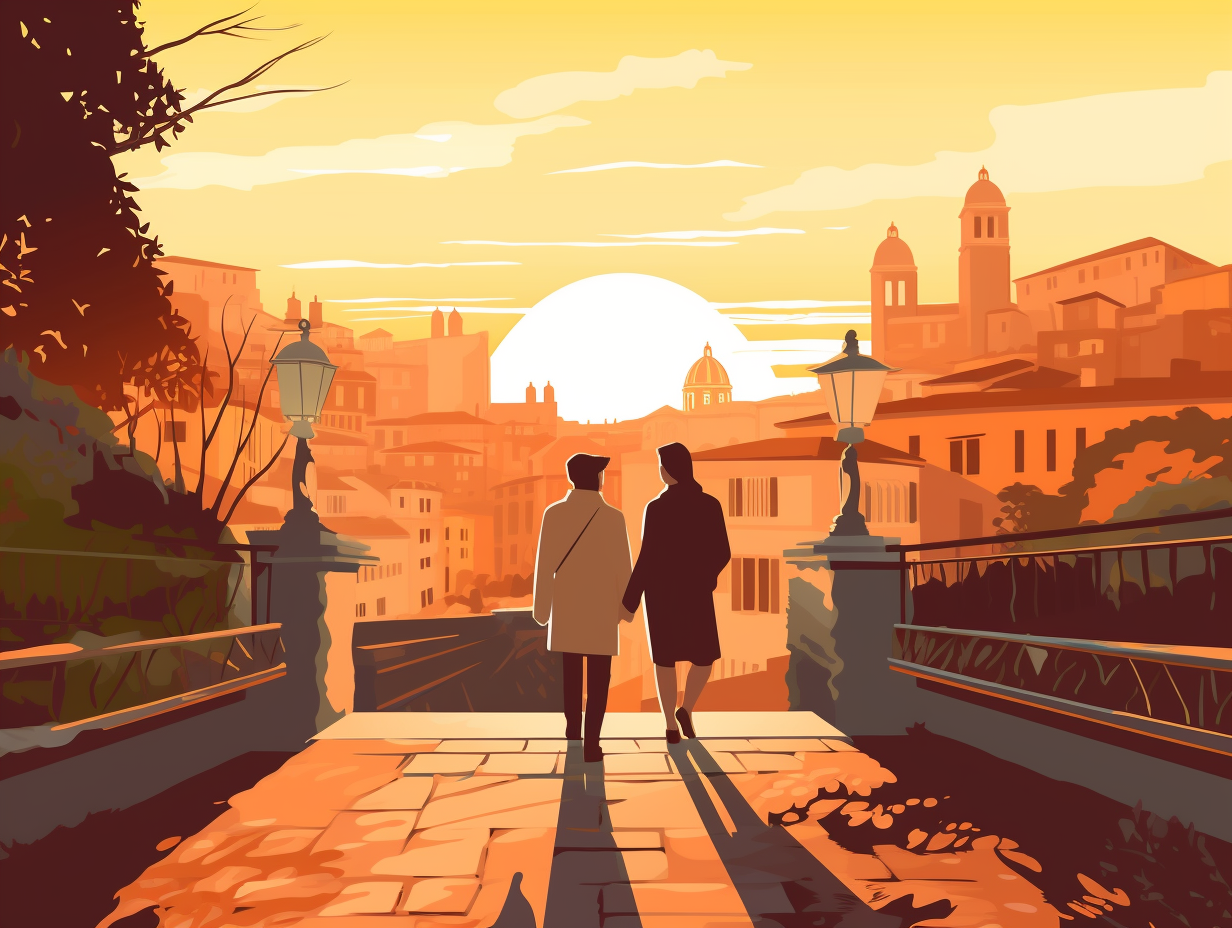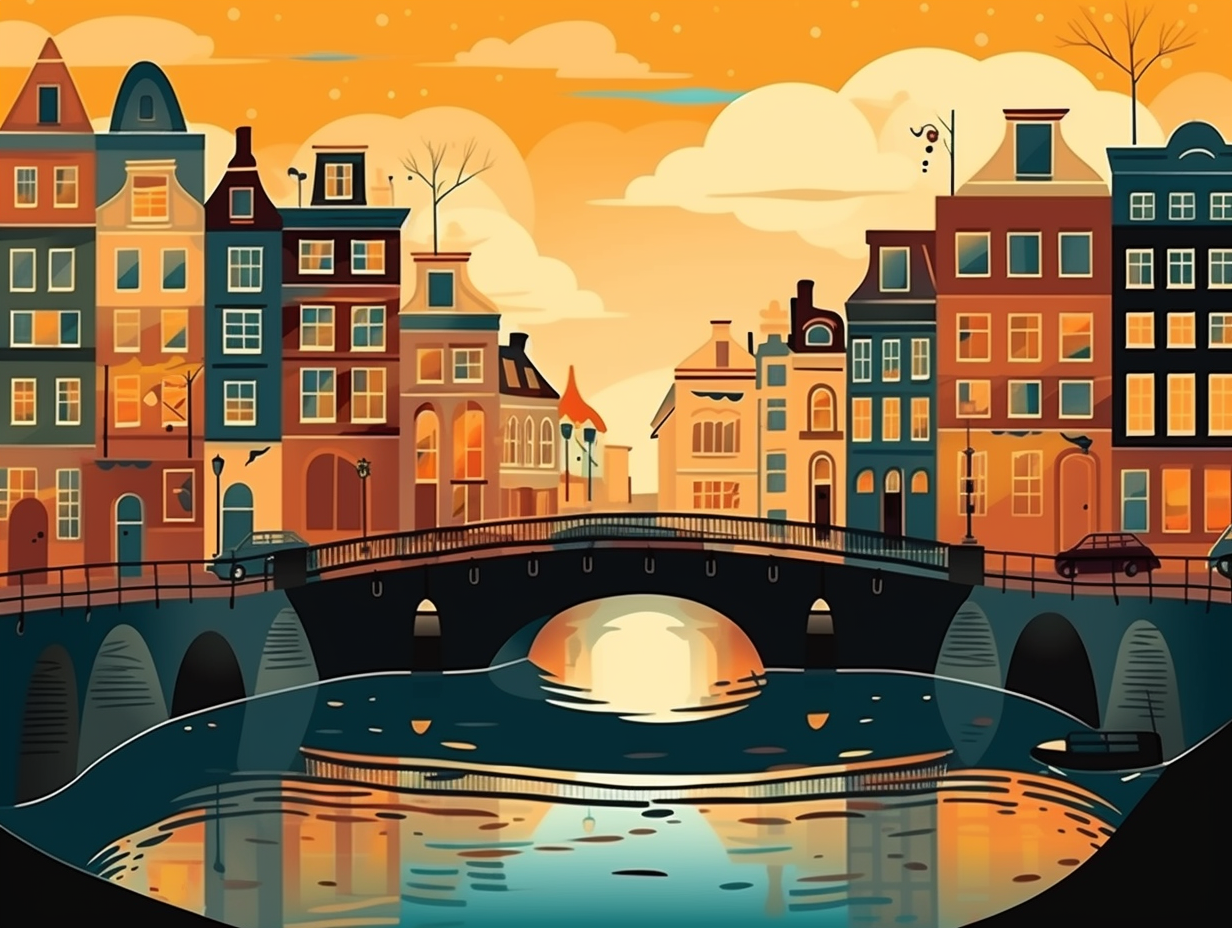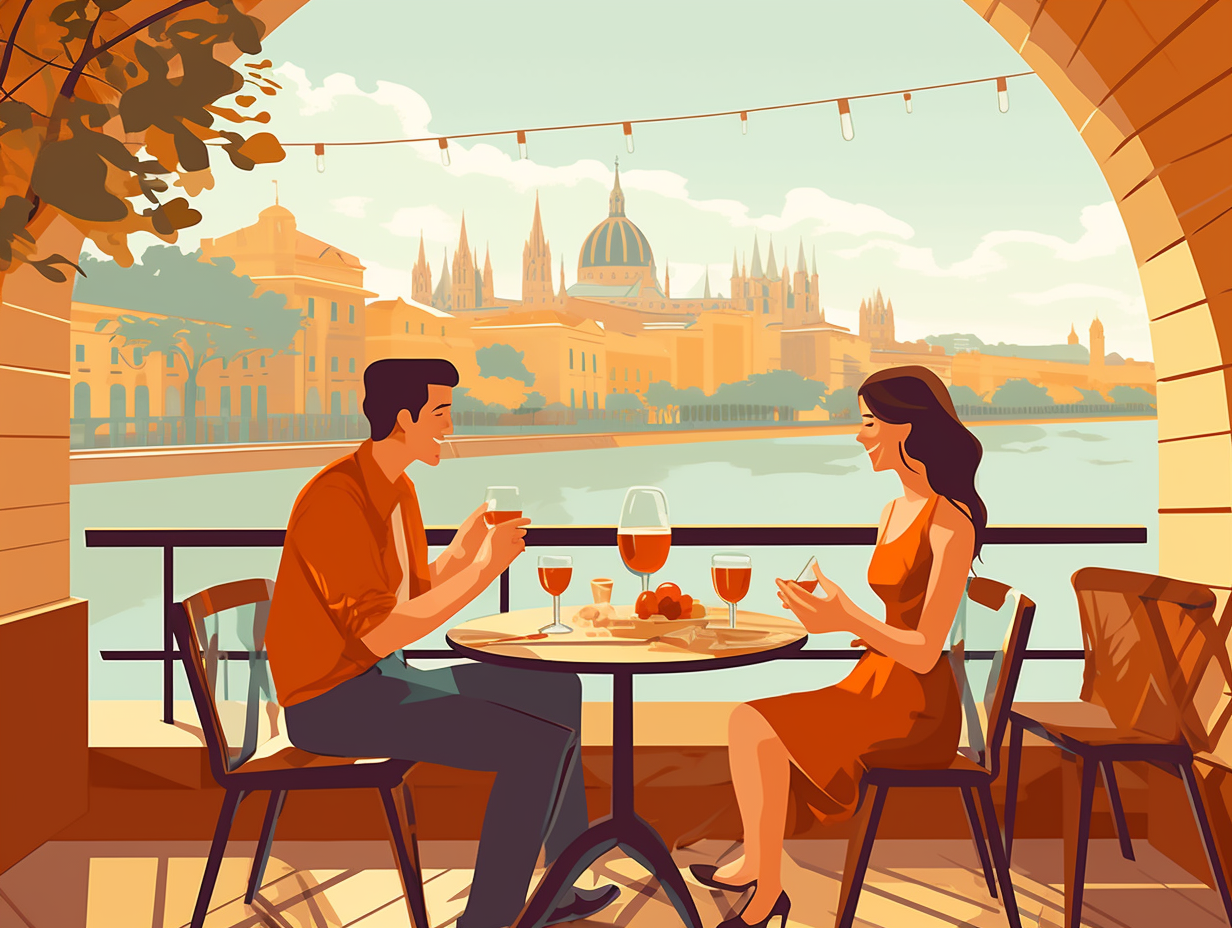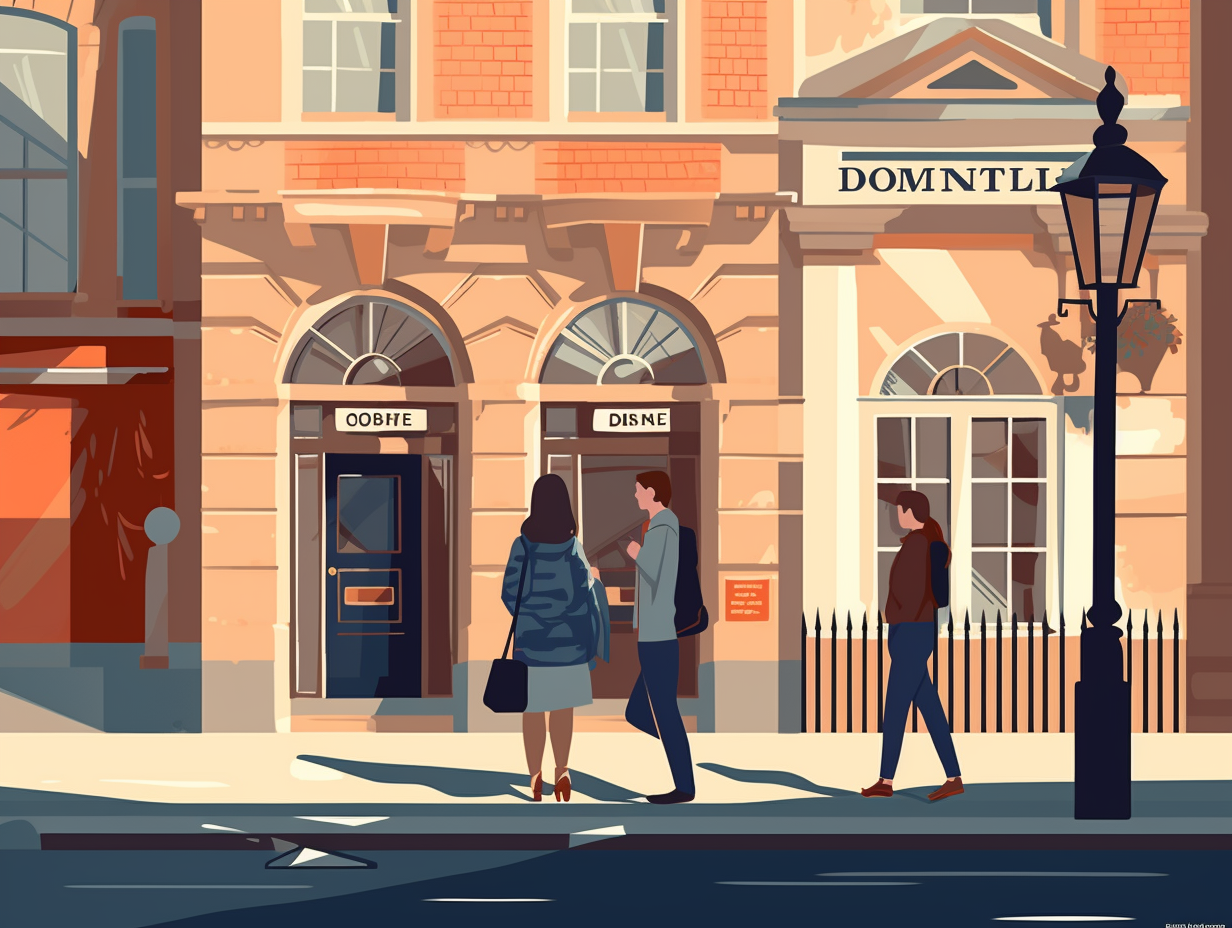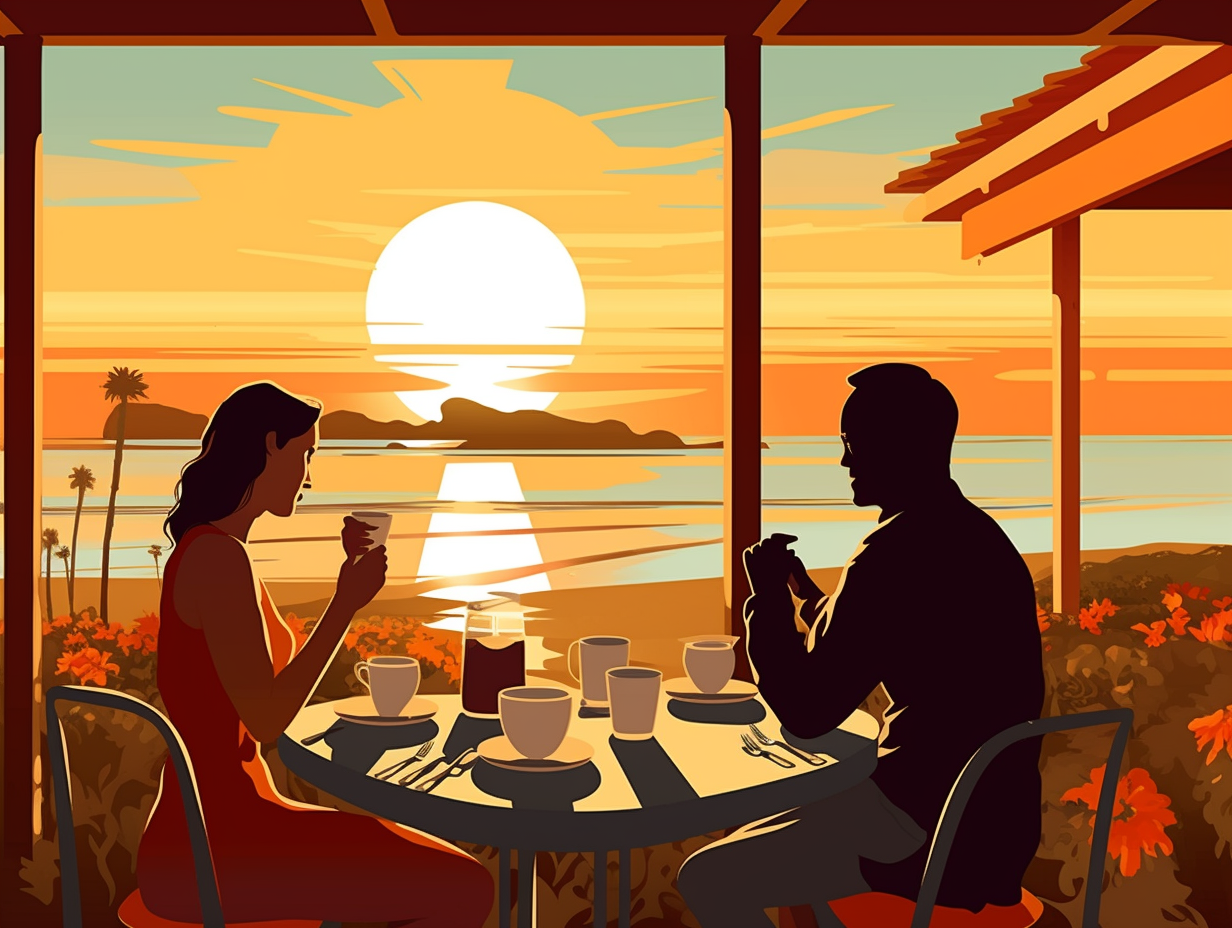Discover the Magic of Valencia: 14 Entertaining Fun Facts You Never Knew!

1. Orange Groves & Holy Priests
Who knew that priests could make our mornings a bit sunnier too? Before divine intervention, there were no orange groves in Spain. But juicing the opportunity to be fruitful: Father Vicente Monzó Vidal planted the first commercial sweet orange trees in Carcaixent in 1781, leading to a booming orange trade that put Valencia on the citrus map. Despite competition nowadays, Valencians still zestfully cherish their iconic fruit.
Source => 247valencia.com
2. Tomatina: Paint the Town Red (with Tomatoes)
Leave it to the Spanish to give a whole new meaning to "painting the town red": every last Wednesday of August in Buñol, Valencia, they hurl over 100 metric tons of overripe tomatoes at each other during the world-famous La Tomatina festival. Dating back to 1945 and limited to 20,000 lucky participants, this juicy event blends history, culture, and a whole lot of tomato sauce, all the while ensuring the town's buildings remain smudge-free thanks to protective plastic.
Source => latomatinatours.com

Did you know Barcelona is home to over 5,000 palm trees and vibrant parrots that form a unique, iconic duo? Discover the fascinating connection between these beautiful trees and their colorful feathered residents! 🌴🦜✨
=> Fun Facts about Barcelona
3. Old Town: Pedestrian Paradise
Move over, Cinderella: Valencia's Old Town is turning into a pedestrian-friendly paradise! Giving those glass slippers a walk on the historical side: The city council's plans to "humanize" the area near the Lonja Silk Exchange and Central Market will prioritize foot traffic and create more space for café-goers, while the Plaza del Ayuntamiento square hosts an ecological market on the last Sunday of every month, showcasing sustainable Valencian goodness. So lace up and stroll down memory lane in a more walkable and environmentally-friendly Valencia!
Source => veryvalencia.com
4. University of Valencia: Ye Olde College Towne
If Valencia's University were a pub, it'd boast the title of "Ye Olde College Towne" with the largest collection of scholars in town: In actuality, this ancient institution is not only one of the oldest in Spain, but also the largest in the entire Valencian Community, with over 65,000 thirsty minds, spread across four campuses, including the historic La "Nau", an awe-inspiring botanical garden, and the Cerveró Palace. The University of Valencia prides itself on its 18 Research Institutes and a Science Park that incubates technology-based and spin-off companies, keeping its edge sharper than the wit of a Shakespearean pun!
Source => visitvalencia.com
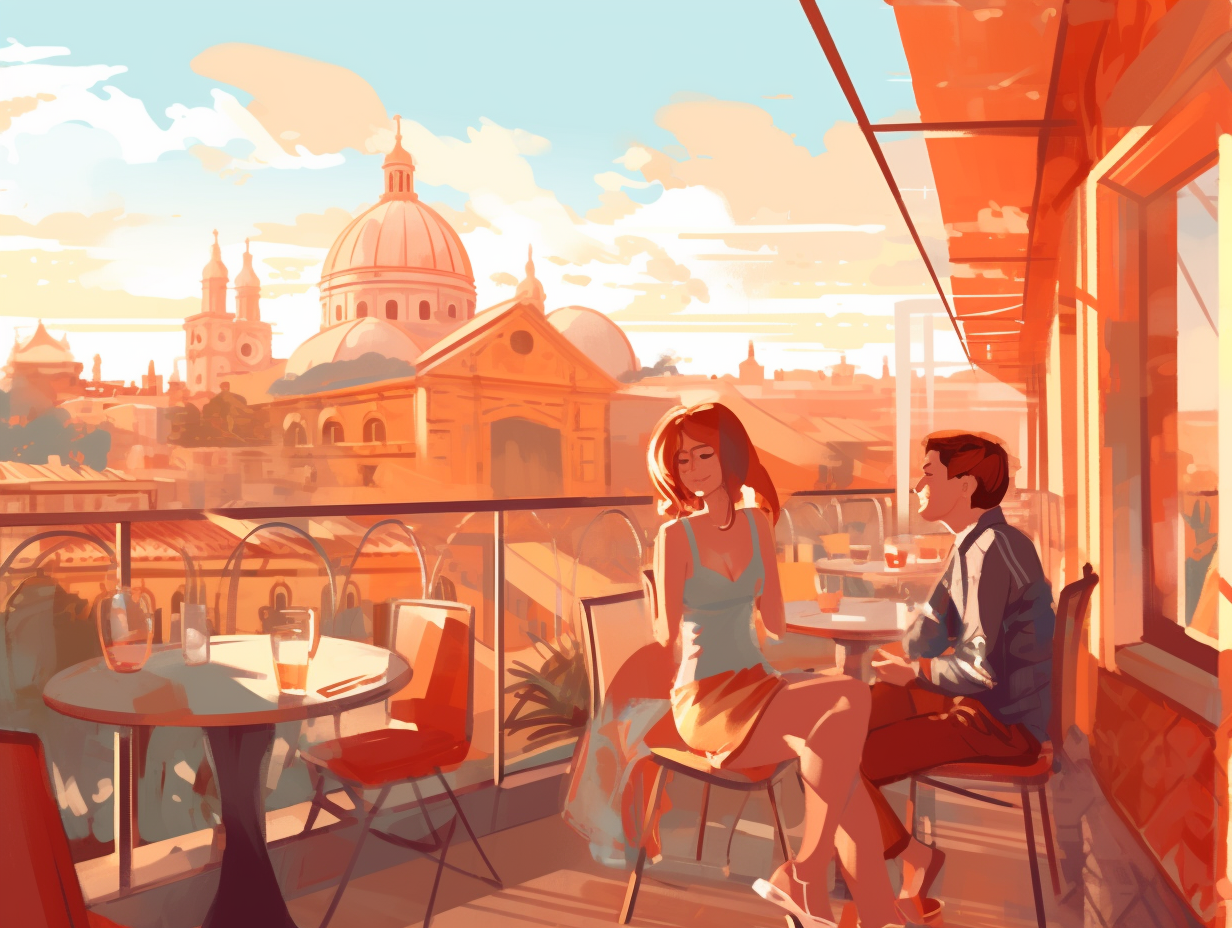
5. Horchata: Sip on Ancient Egyptian Culture
Forget a trip down the Nile: take a refreshing sip of ancient Egyptian culture with Valencia's beloved horchata! This deliciously nutty, dairy-free concoction could give Indiana Jones a run for his money in the archaeology department: It originated from ancient Egypt and Sudan, and made its way to Spain through the al-Andalus Caliphate when the Arabs ruled the region. Valencia's horchata, made from ground chufa nuts, has even scored a protected designation of origin, and is often enjoyed during the scorching summer months. So, why not dive into Valencian history with a glass of ice-cold horchata, lightly sweetened with lemon and cinnamon - plus, it's packed with potassium, iron, and antioxidants to give your health that extra mummy-approved boost!
Source => littlespain.com
6. Silk Exchange: Yarns of Trade & Swanky Merchants
If walls could talk, the Silk Exchange would surely be spinning uproarious yarns about buzzing trade and swanky merchants: Valencia's Lonja de la Seda, a Gothic architectural masterpiece and UNESCO World Heritage Site, was the epicenter of the city's thriving silk trade from 1482 to 1533. This enchanting complex, complete with a Tower, Column Hall, Consulado del Mar Hall, and the Courtyard full of orange trees, boasts intricately carved stonework that weaves a visual tale of Valencia's vibrant economic history.
Source => cruiseturtle.com
7. Valencia Cathedral: Jesus' BYOB Party Cup
Holy Moly, Jesus' own BYOB party cup: The Valencia Cathedral harbors a relic believed to be the Holy Chalice, used by Jesus during the Last Supper, according to historical and archaeological findings. Dating back to the 2nd or 1st Century BCE, the chalice - made of reddish-brown agate stone and gold - matches the size and volume of a traditional Jewish kiddush cup and has only been used by two Popes for holy ceremonies.
Source => bbc.com
8. Turron: Valencia's Nutty Christmas Treat
Feeling nutty this Christmas season? Well, honey, let’s talk about turron: Valencia, Spain is famed for its festive confection, turron, a regulated blend of honey, almonds, and sugar that comes in four mouth-watering varieties - Turron de Alicante (hard and roasted almonds), Turron de Jijona (soft with ground almonds and almond oil), Chocolate Turron (chocolate, puffed rice cereal, and almonds), and Yema Tostada Turron (almonds, egg yolks, sugar, and vanilla essence).
Source => blog.amigofoods.com
9. Paella: Valencia's Culinary Roots
Paella: the perfect harmony of rice, seafood, and veggies in a pan that brings the world together in delicious unity. But did you know this culinary masterpiece has some serious roots? Valencia not only gave birth to this iconic dish, but also boasts one of the largest natural ports in the Mediterranean, and has maintained its status as a vital rice-producing area in Spain for over 1200 years – thanks to the Moors putting rice on the Spanish culinary map centuries ago.
Source => thepaellacompany.co.uk

10. Colon Market: Epic Shopping & Coffee Oases
Lend me your ear, weary shopper, for I have a tale of a Valencian paradise: a place where once juicy oranges were sold, now serves you the finest cup o' joe to recharge your shopping spree batteries. Behold, the legendary Colon Market: a former food market turned boutique wonderland in Valencia, founded between 1914 and 1916, which now contains cafes, restaurants, and shops for your indulgence, all under the canopy of stunning modernist architecture! But don't go looking up for stained-glass ceilings, for this market is all about surprises!
Source => veryvalencia.com
11. Miguelete Tower: Rapunzel's Spanish Escape
Ever wondered how many steps it takes to witness a view that’s to die for, or how far Rapunzel would have let her hair down to escape a Spanish tower? Funny you should ask: The Miguelete Tower in Valencia stands 63 meters tall boasting 207 steps, all leading up to a breathtaking view of the city from its bell room which dates back to the 14th century.
Source => en.wikipedia.org
12. L'Oceanogràfic: Aquaman's Ark
What do you get when you cross Aquaman's vacation home with Noah's Ark? Valencia's L'Oceanogràfic, of course: Boasting over 500 species of aquatic beasts and flocks of feathered friends, this massive oceanarium features 9 two-tiered underwater towers—each revealing a unique marine ecosystem, a dolphinarium, and a lush garden with more than 80 plant species—all in the heart of a posh, Mediterranean beach.
Source => en.wikipedia.org
13. Albufera Park: Flamingos vs. Poker Face
Are the Flamingos in Valencia just putting on a high-stakes poker face, or are they truly impressed by the avian acrobatics of the Black-winged Stilts and Little Grebes? One might never know: But what is certain is that the Albufera Natural Park in Valencia, a mere 18km from the city center, is a birdwatcher's paradise, boasting a stunning array of feathered celebrities such as the aforementioned Flamingos, Black-tailed Godwits, Lapwings, and Great White Egrets. This European wetland gem also offers the perfect opportunity for a picnic surrounded by a chorus of avian virtuosos.
Source => valenciabirding.com
14. Valencia Bioparc: Lemur-Nade Wildlife Adventure
When life gives you lemur-nade, you know you're at Valencia Bioparc: This innovative wildlife park ditches the cliched cages, opting instead for natural barriers like rocks and rivers to separate animals and humans, allowing visitors to see African species, including free-roaming lemurs, coexist in a natural habitat - just don't expect any ice-cold polar bears on this safari!
Source => directionallychallengedtraveler.com
Related Fun Facts


